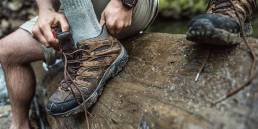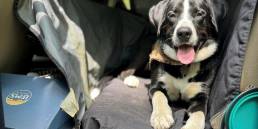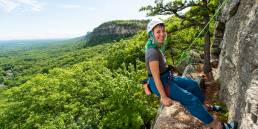Clearing a tricky rock garden, railing a berm, and boosting a double are just a few of the seemingly endless ways that mountain biking brings joy to riders—and the feeling is only heightened when riding in the presence of friends. Unfortunately, mountain biking isn’t as accessible to all riders as it should be. Enter the Driving Range: a network of purpose-built, adaptive-ready trails being built by Richmond Mountain Trails (RMT) in Bolton, Vermont, to ensure that this experience is available for “everyBODY.”
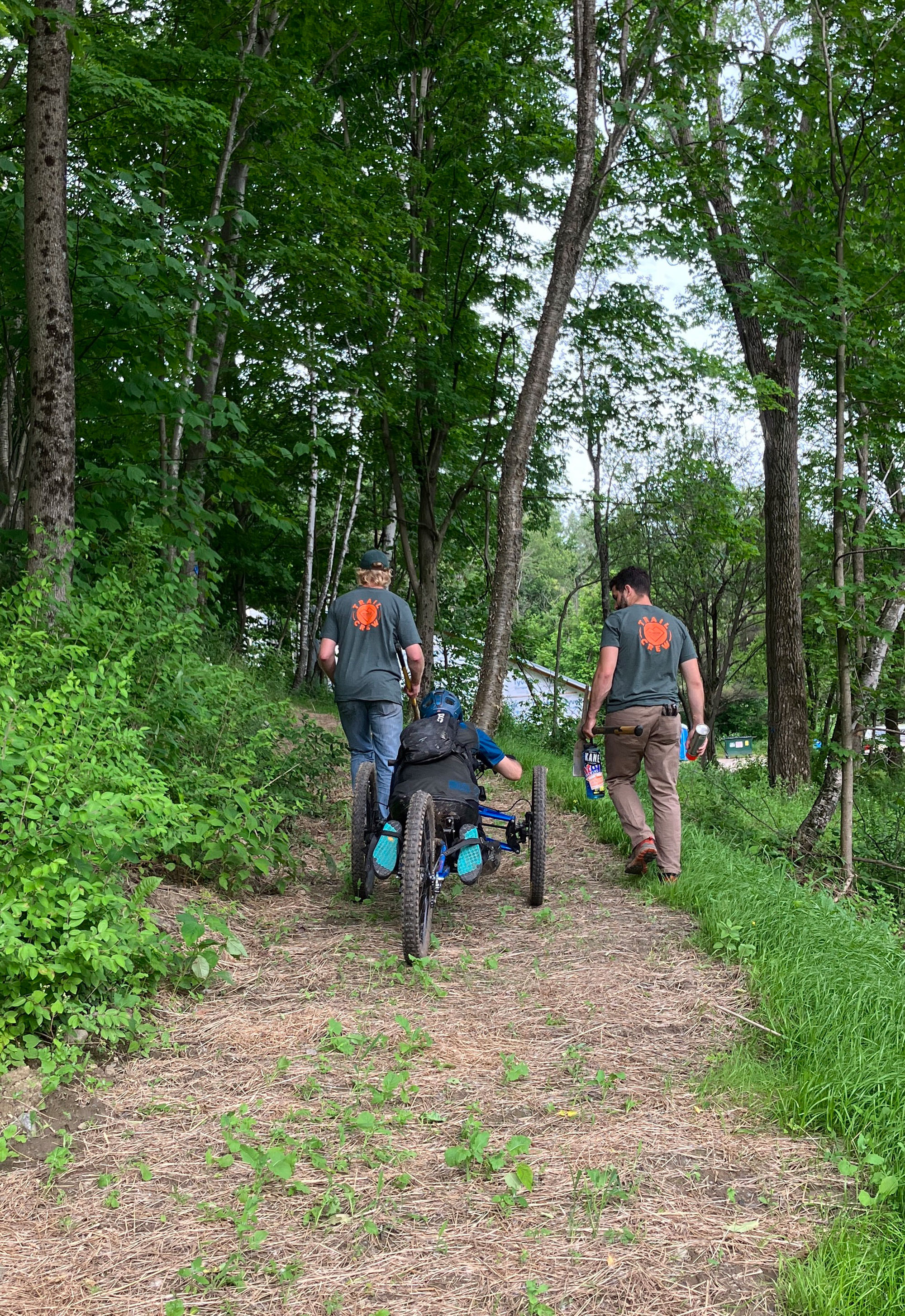
What Are Adaptive Trails?
The adaptive mountain bike (aMTB) trails at the Driving Range are designed for every mountain biker while simultaneously being attuned to the unique aspects of adaptive riding. And while there’s no current standard for building adaptive mountain bike trails—and just a smattering of adaptive trails found across the U.S. and Canada—the RMT hopes the Driving Range, in addition to creating new trails for area riders, is setting an example (and building a playbook) for how other areas in the region can truly welcome all riders.
Many of the features of the Driving Range’s aMTB trails—from its challenging climbs to flowy descent to technical features—might not even be noticeable to the casual rider. For instance, since it’s common for adaptive mountain bikers to ride three-wheeled bicycles, the RMT tries to ensure that obstacles are passable by three-wheelers. They also pay close attention to the camber in corners, as three-wheelers are more prone to tipping while cornering than riders on two-wheeled mountain bikes. Additionally, the Driving Range’s bridges are wider than many other areas to accommodate three-wheelers; something every mountain biker who has had to ride across a way-too-narrow bridge is sure to appreciate.
Another novel feature of the RMT’s adaptive trails is that there are designated pull-off points on the ascents. This is to give all riders (including three-wheelers, whose bikes are much wider) a flat place to slide off the trail to catch their breath, collect themselves, or grab a snack.
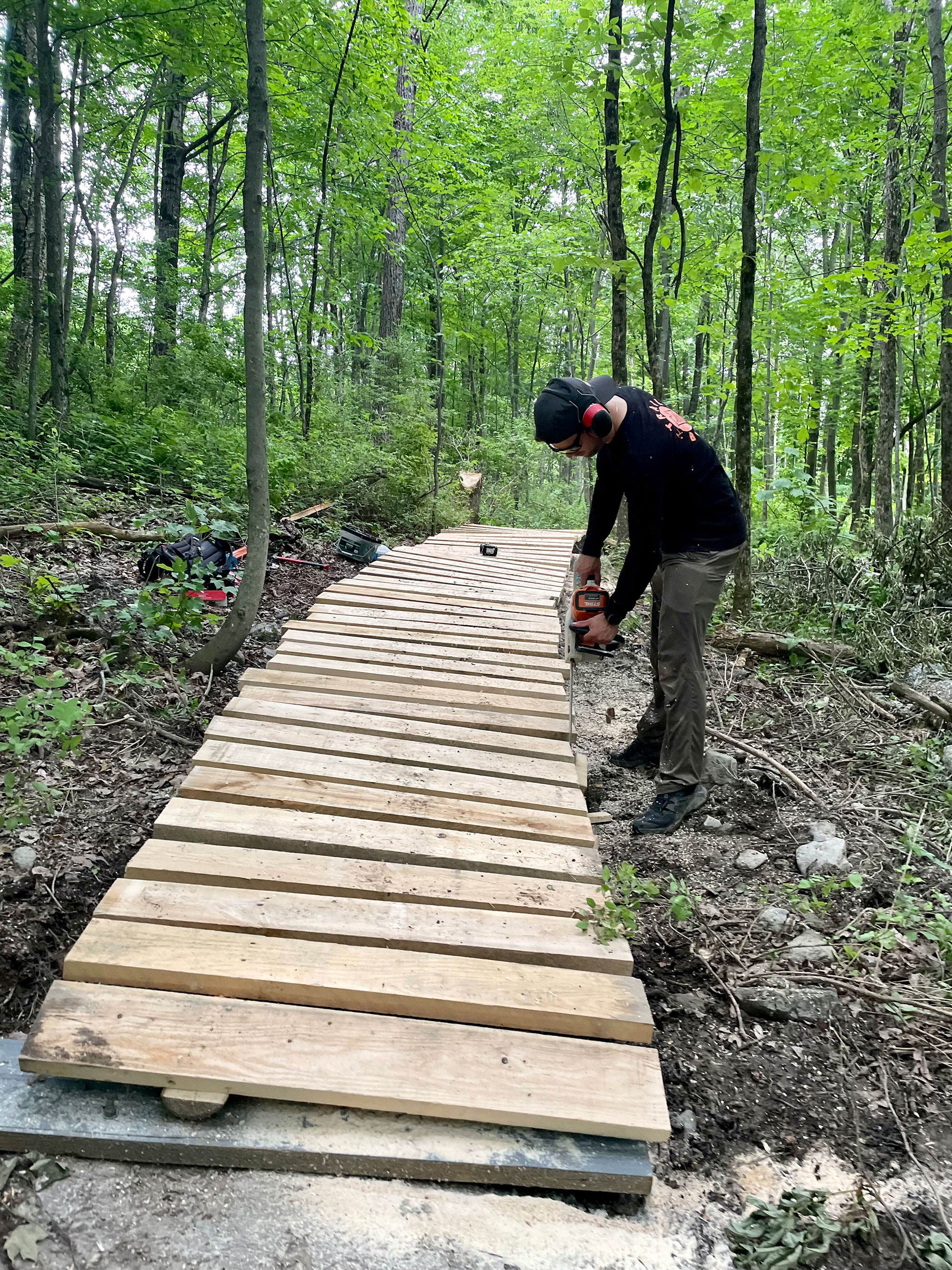
Visiting the Driving Range
In the spring, the Driving Range will open with approximately two miles of trails, including a machine-built, bermed downhill flow trail designed to be lapped and a climb to the midpoint of the property. Over the course of the season, RMT plans to add another 2.5 miles of trails to the network and the group will continue to expand the network over time. It’s not just adaptive riders who will love the Driving Range. RMT board member and aMTB instructor Rob Galloway says, “if you make a trail that rides well for an adaptive bike, it’s going to ride well for a two-wheeled bike.”
The RMT is taking a phased approach to adding more rideable loops in the future. The vision is for the Driving Range to have progressive, adaptive-ready trails that everyone can enjoy—no matter if they’re a beginner or expert, or ride a two-wheeled or three-wheeled bike. In the ethos of making trails accessible to all users, the Driving Range also allows e-bikes.
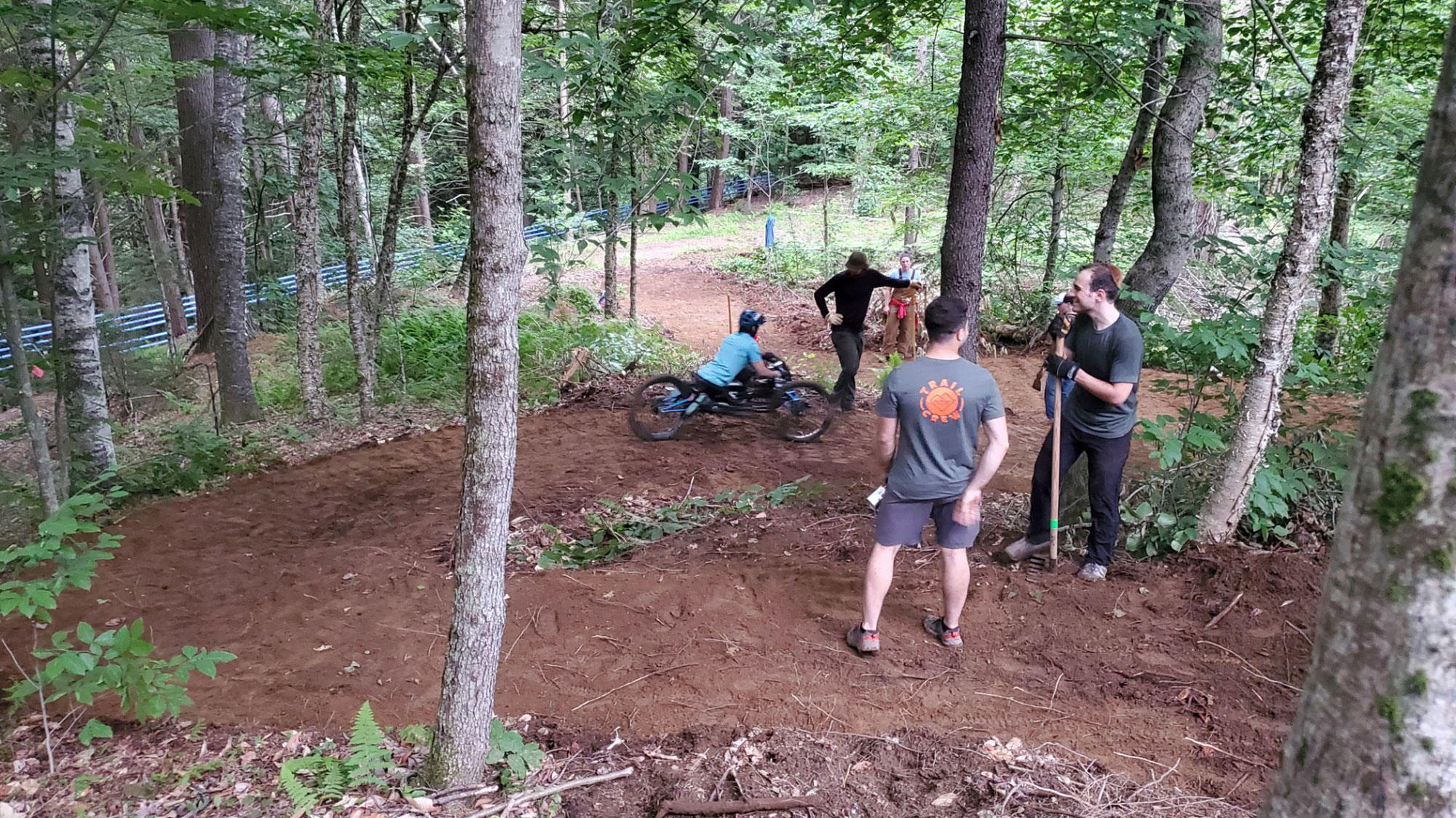
Building Community with Trails
Of course, constructing a new trail network requires a lot of resources—from manpower to materials to machine time to money—and the RMT community has stepped up in every way. The trails are being built on more than 250 acres of land that was once home to a popular driving range (hence the area’s name) and is still a working sugar maple farm. The RMT has a 10-year agreement with the landowner, and a combination of grants and donations has provided everything from much-needed funding to excavators to lumber for bridges.
Individuals have also stepped up to bring this project to life. The weekly Wednesday night trail work routinely drew 20+ volunteers—even during peak riding season—and an estimated 1,600+ hours of volunteer labor have gone into corridor clearing, bridge construction, and hand-building trails.
The army of volunteer trail builders taking the Driving Range from an aspiration to a reality has been guided by Greg Durso, Program Director at the Kelly Brush Foundation, who has provided valuable insight and first-hand feedback from an adaptive athlete’s point of view. The project has been guided collaboratively by the RMT board—Rob Galloway has brought a comprehensive understanding of adaptive mountain biking and played an important part in the creation of the trails, while board president Berne Broudy and board member Max Krieger have been driving forces behind the planning and development of the network.
The RMT is doing a lot more for the community than just building trails. It has secured permission to build a large, 50-car lot at the Driving Range with spaces designated for adaptive riders. The lot, which will also serve a handful of other popular outdoor destinations in the area, is receiving support from Velomont, Vermont Huts, CRAG Vermont, Catamount Trails, and Bolton Valley, along with the VMBA Chapters WATA and Fellowship of the Wheel.
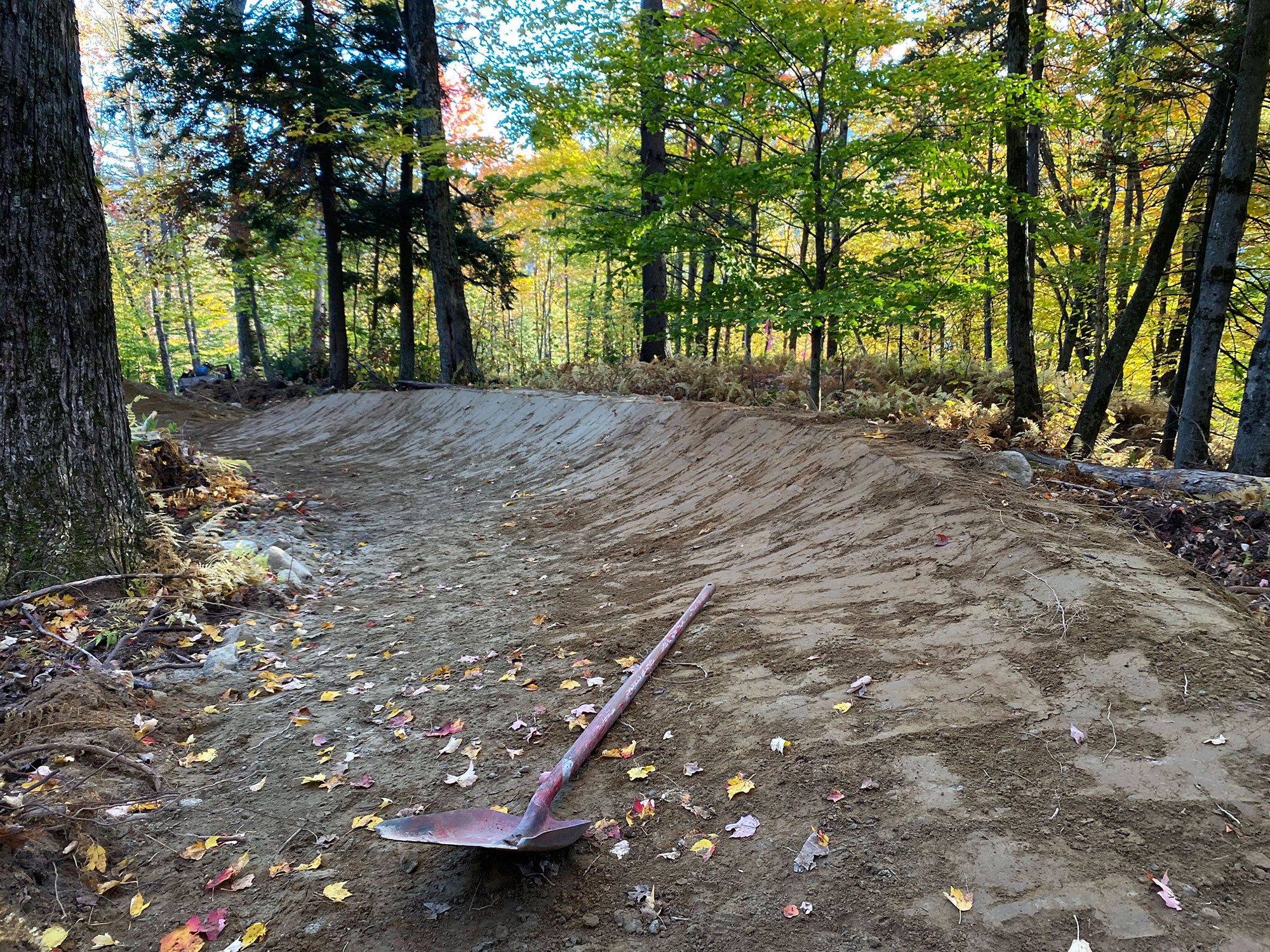
Supporting Those Who Support the Driving Range
Looking for a bite to eat, a maple creemee, or a pint after a day on the trails? Visit one of the numerous local businesses that have helped move the project forward—whether it’s a burger at The Hatchet, a taco from The Big Spruce, or a beer from Stone Corral. Before heading home, grab a four-pack from Burlington Beer, which has also provided valuable support to the Driving Range. Don’t have time to stop, but want to contribute to the cause? Consider signing up to help out with some trail work. If you want to directly support the Driving Range, visit the organization’s GoFundMe or the donate page of their website.
The Driving Range isn’t just breaking ground on new trails, it’s breaking ground on what it means to be inclusive and who is actually able to participate in the outdoor sports we love. When it’s complete, it will hopefully be a must-visit destination for adaptive riders and a great addition to Vermont’s other incredible trail systems.
Tim Peck and Doug Martland
Tim and Doug met long ago at the Eastern Mountain Sports in Canton, Massachusetts. Bonding over a love of slick Quincy Quarry granite, White Mountain sufferfests, and scheming up adventures while folding tee-shirts, today Tim and Doug collaborate to write about their favorite outdoor activities and occasionally get nostalgic about tee-shirt tables.
Related Posts
April 24, 2024
What to Bring When Road Tripping with Your Dog
Prepare for the ultimate road trip with…


